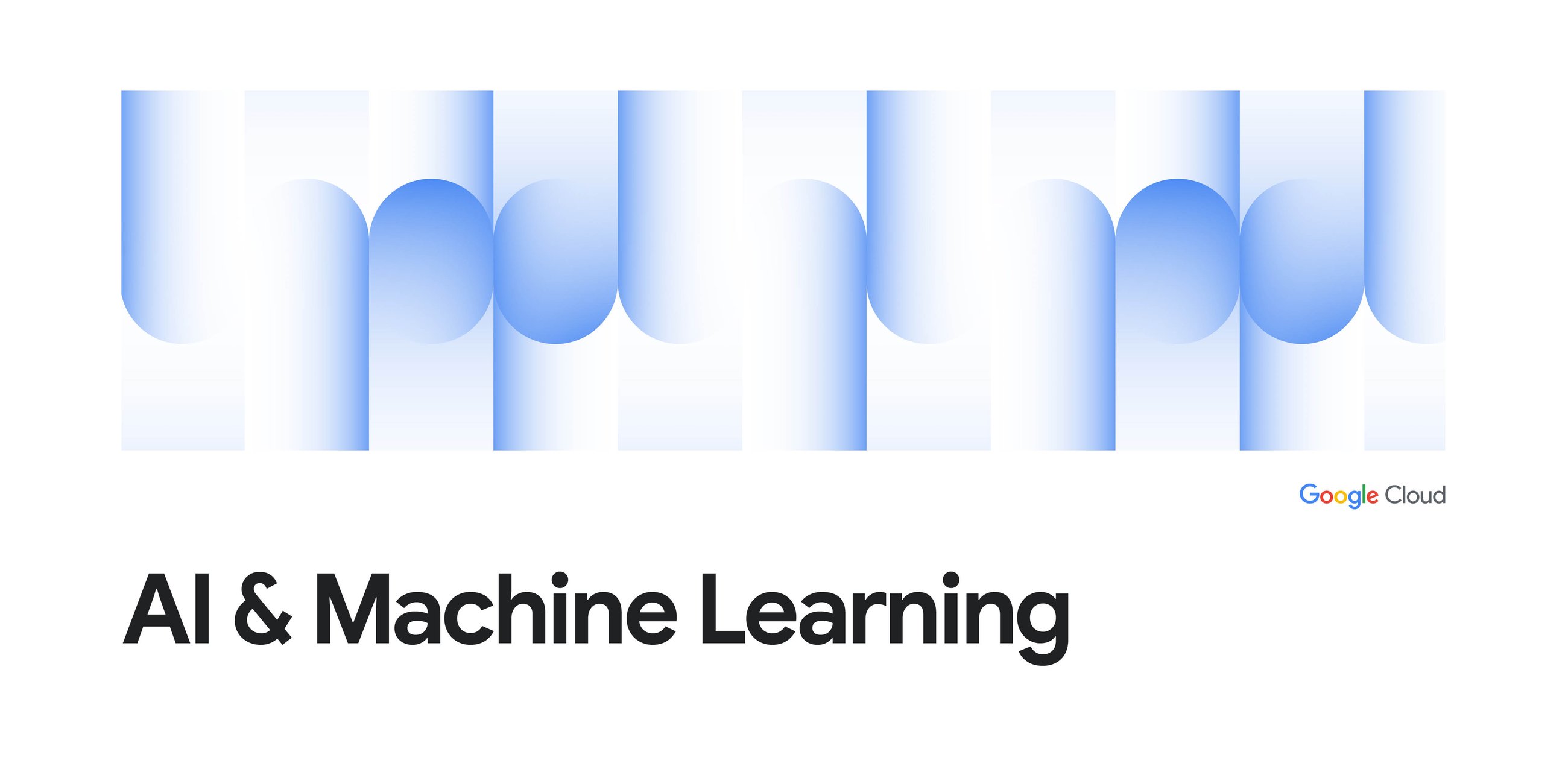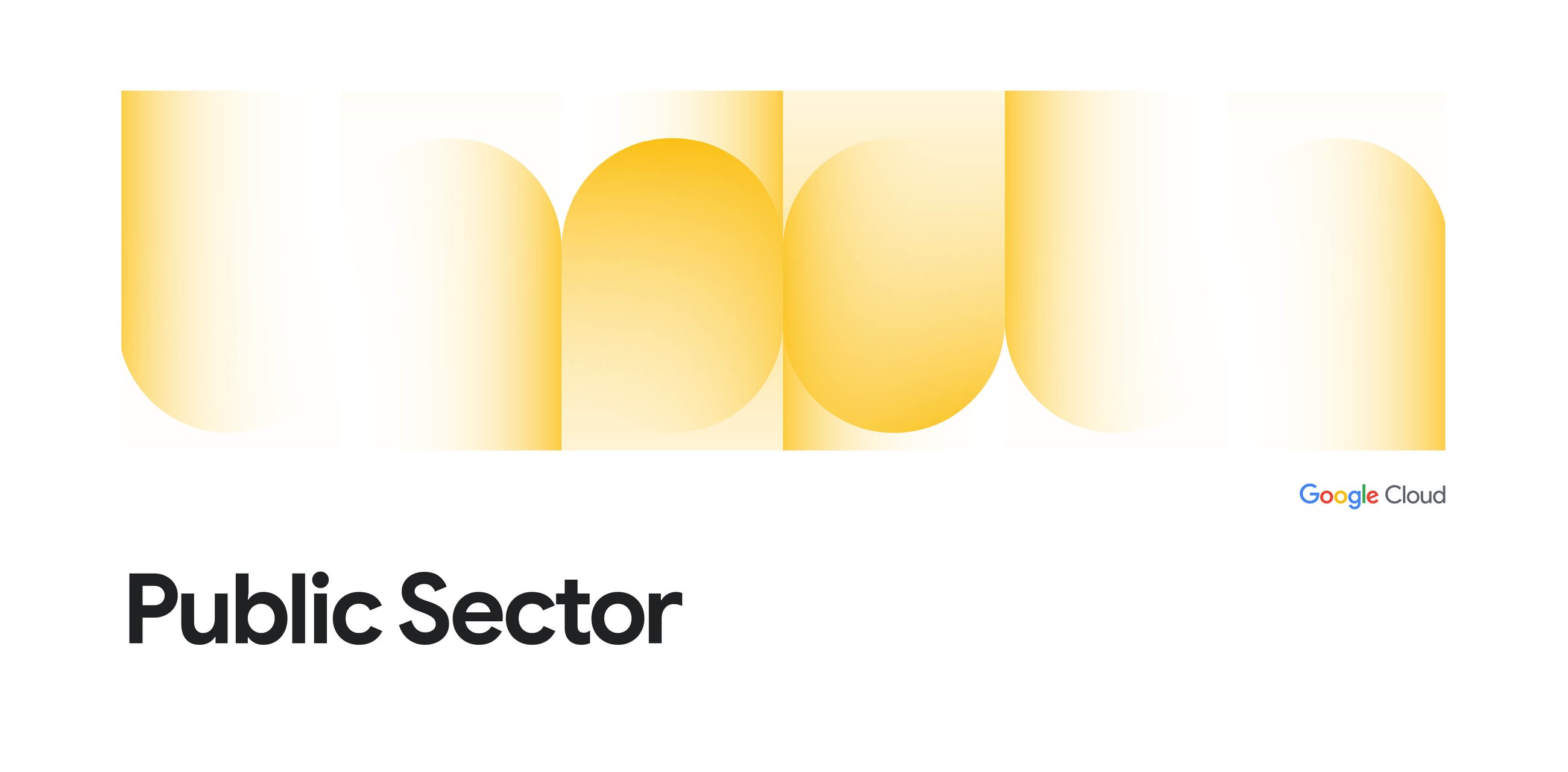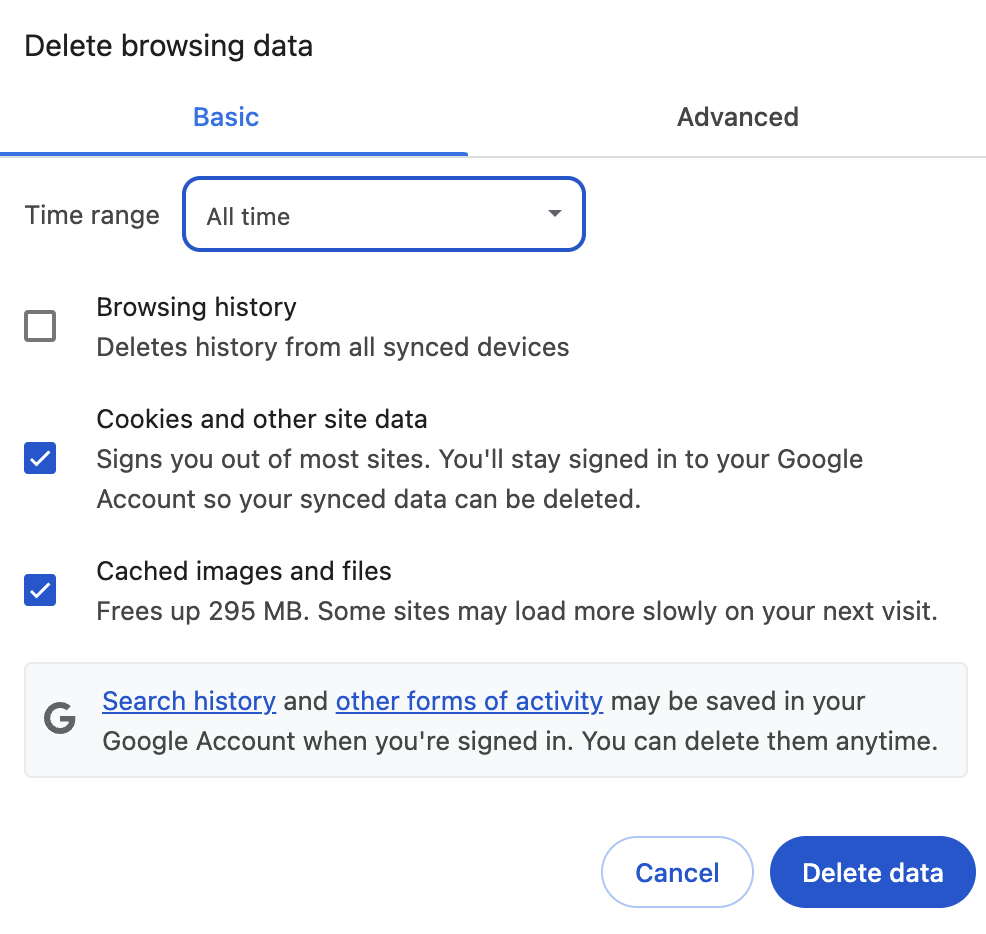
The evolution of AI agents has led to powerful, specialized models capable of complex tasks. The Google Agent Development Kit (ADK) – a toolkit designed to simplify the construction and management of language model-based applications – makes it easy for developers to build agents, usually equipped with tools via the Model Context Protocol (MCP) for tasks like web scraping. However, to unlock their full potential, these agents must be able to collaborate. The Agent-to-Agent (A2A) framework – a standardized communication protocol that allows disparate agents to discover each other, understand their capabilities, and interact securely – provides the standard for this interoperability.
This guide provides a step-by-step process for converting a standalone ADK agent that uses an MCP tool into a fully A2A-compatible component, ready to participate in a larger, multi-agent ecosystem. We will use a MultiURLBrowser agent, designed to scrape web content, as a practical example
Step 1: Define the core agent and its MCP tool (agent.py)
The foundation of your agent remains its core logic. The key is to properly initialize the ADK LlmAgent and configure its MCPToolset to connect with its external tool.
In agent.py, the _build_agent method is where you specify the LLM and its tools. The MCPToolset is configured to launch the firecrawl-mcp tool, passing the required API key through its environment variables
Source Credit: https://cloud.google.com/blog/products/ai-machine-learning/unlock-ai-agent-collaboration-convert-adk-agents-for-a2a/



